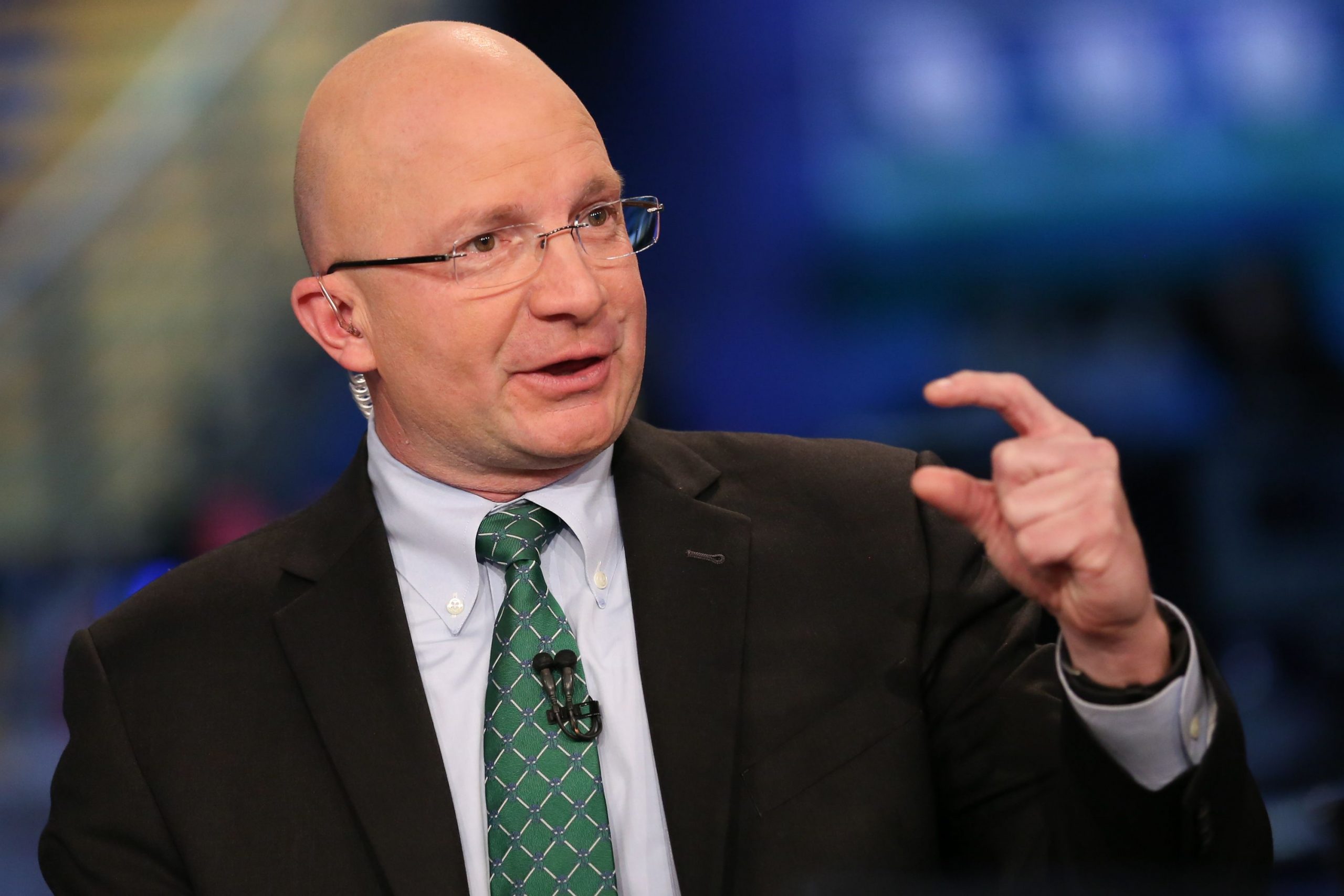Market bull Tony Dwyer sees an interest-rate cut coming sooner than much of Wall Street anticipates.
According to the Canaccord Genuity chief market strategist, the move could happen as soon as the next Fed meeting, set for June 18-19.
“The market is going to force them into it,” he told CNBC’s “Trading Nation ” on Monday. “All the inflation indicators are collapsing. That is telling them they have room to ease.”
In a recent note, Dwyer pointed out yields on 2-, 5- and 10-year Treasurys are below the lower bound of the Fed’s target range. On Monday, the 10-year yield sank to a low of 2.06%, its lowest level since September 2017.
Dwyer isn’t blaming a fundamental problem with the economy for the yield slump. He believes investors are seeing the fallout from a Fed that became too hawkish and shouldn’t have raised rates at last December’s meeting.
“They made two mistakes. They made a communication mistake and they made a policy mistake. They fixed the communication mistake by the dovish pivot which led to that thrust higher off that last December low,” he said. “Now, they have to fix the policy mistake.”
At least one Fed policymaker appears to share Dwyer’s sentiment.
Note: we have created a profitable forex advisor with low risk and stable profit 50-300% monthly!
St. Louis Federal Reserve President James Bullard on Monday became the first Fed official to acknowledge that weak U.S. inflation and global trade tensions may call for a rate cut.
“We’ve been saying since January it would probably be some time in the summer,” Dwyer said.
Stocks to stage summer rally?
Dwyer, who sees a rate cut as bullish for stocks, estimates the S&P 500 would hit a record of 2,980 by the end of summer, about a 9% gain from current levels.
However, that positive momentum may be fleeting.
“Your major risk is back toward 2,950,” said Dwyer, who contends the ongoing trade war and November election could make the markets a bit “dicey” in the second half. Still, his bullish case stretches into next year.
Dwyer has an S&P year end price target of 3,350 for 2020, a 21% rise from current levels.


 Signal2forex.com - Best Forex robots and signals
Signal2forex.com - Best Forex robots and signals




